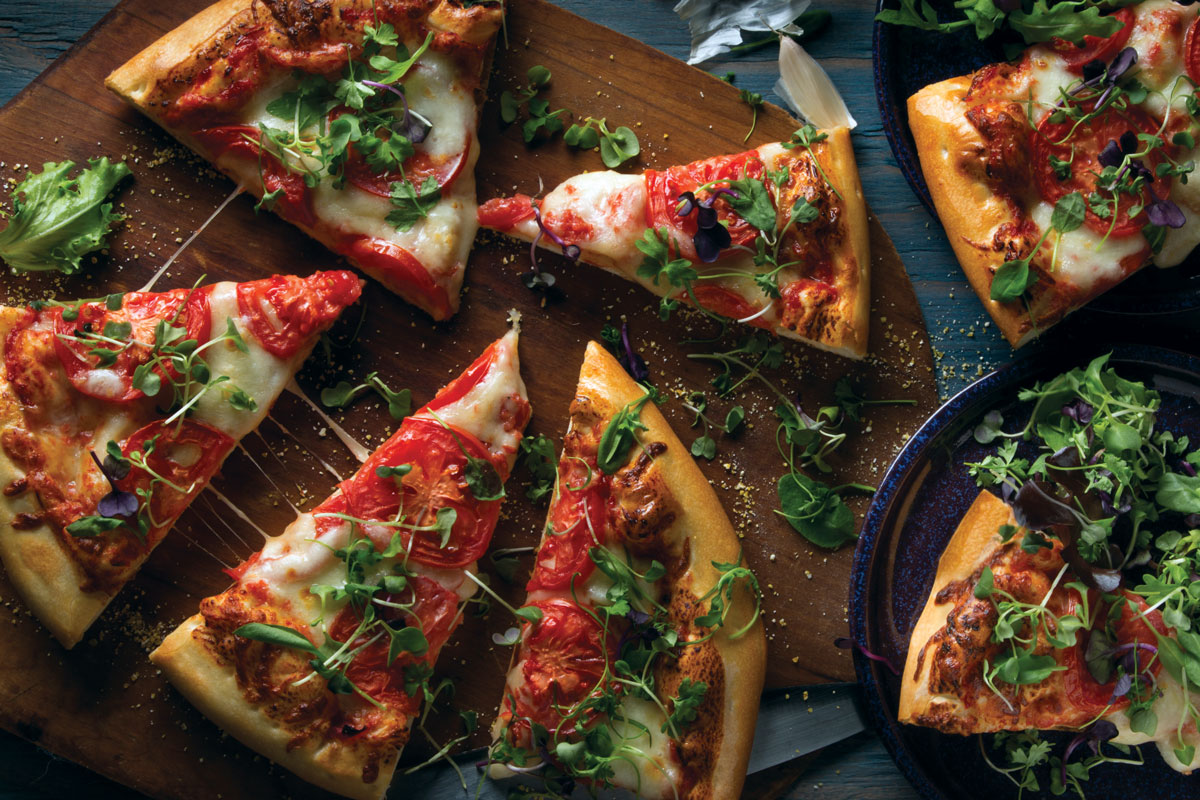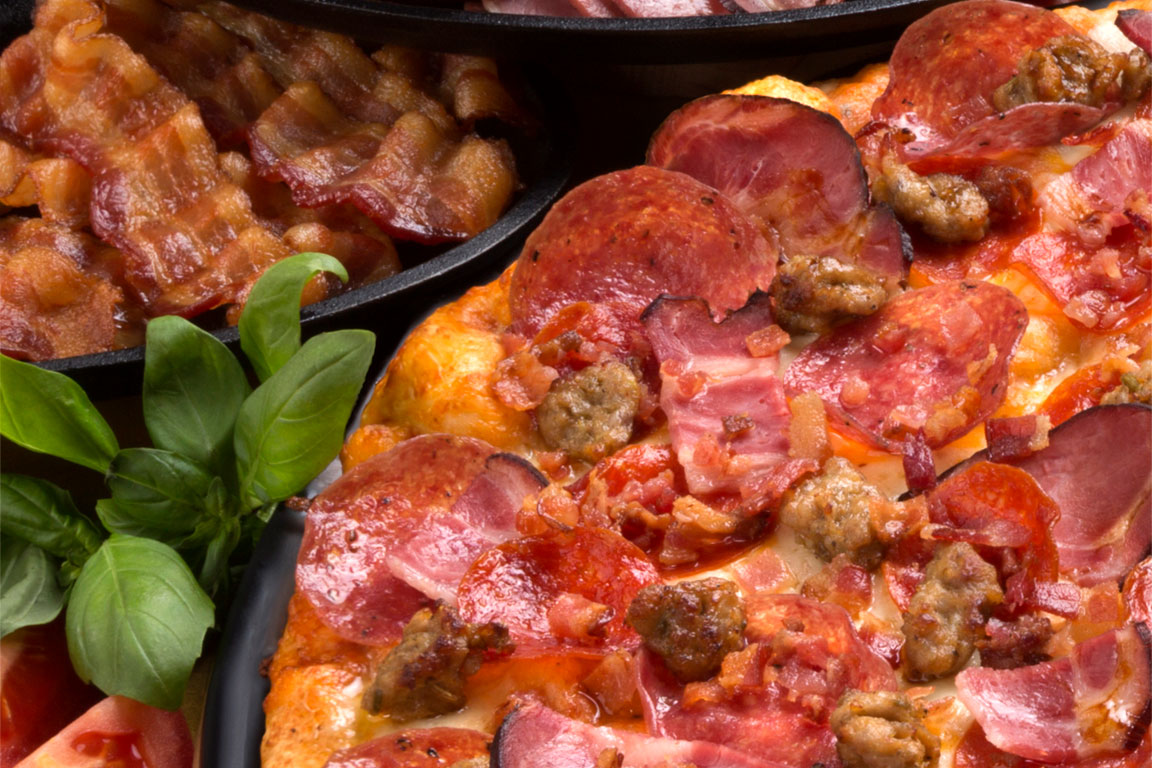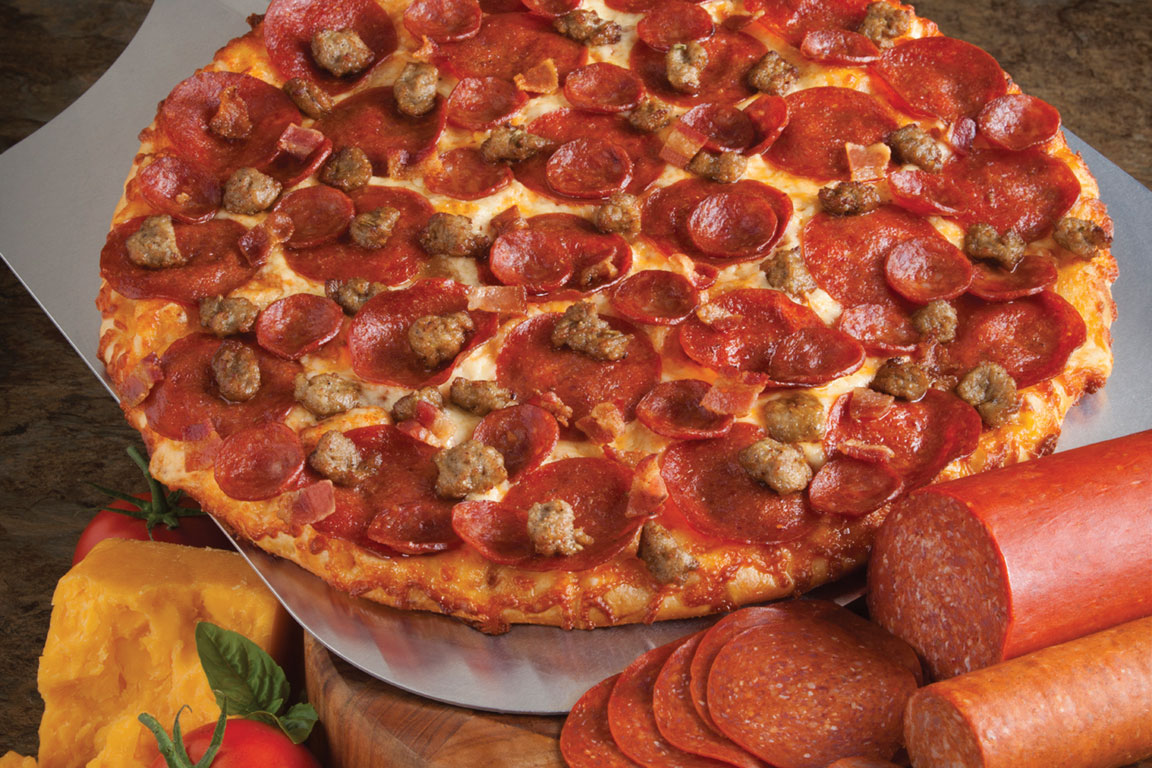As a professional photographer who has shot thousands of subjects ranging from people to pizzas, I can honestly say that creating a photo with true, compelling appetite appeal is both an art and a science, particularly when it comes to pizza.
Food appeals to several of our human senses—smell, taste and sight. But even the most delicious food loses its allure if it doesn’t look delicious. And that’s where well-executed food photography comes in, whether it’s showcased in menus, social media, store signage, or print or TV advertising. High-quality pizza photos can build the value of your brand, enhance the appeal of a promotional pizza offer, and, most importantly, be a powerful tool to drive sales.
The “art” involved in capturing pizza photographically is to understand that you must appeal to your customers’ emotions. Art appeals to the heart and, in this case, to the stomach by way of the heart. The science? Well, that’s the means to an end, using fundamental principles to ensure that you create appealing, mouthwatering images every time. There is no set formula for achieving this, but here are a few general pointers to get the most out of your photography investment:
1: Crop (or zoom) in tightly enough on the pizza so the viewer can easily recognize the ingredients.
Everyone knows most pizzas are round, but many pizza restaurants feel the need to zoom out and show an entire round pizza, thereby losing the impact of a close-up shot that makes the viewer crave that flavor. There is no need, in most cases, to show more than a bit of crust. Each ingredient can trigger an appetite response. Juicy tomatoes, crispy, golden crust, grill marks on sausage—all of these can foreshadow the diner’s experience, but only if these elements are clearly presented in close-up.
2: Don’t over-light.
It’s often best to allow for some shadows. The viewer does not need to see every side of a tomato cube or pepperoni slice: He/she will subconsciously fill in the shadow area. In fact, the act of “filling in” makes for a longer gaze, which in turn elevates interest and, ultimately, the urge to eat—also known as appetite appeal.
3: Keep the entire shot in focus.
That’s how we see. Yes, in the real world our eyes change focus as we peer over a pizza, but we take it all in as “in focus.” So even though there is a recent trend to use soft focus as a photographic technique, why bug the viewer with what I call “fuzzy food”? That doesn’t exist in the viewer’s real-world experience, and it’s important to understand that your photograph is meant to convey reality.
4: Be cognizant of colors.
Each pizza has a color “signature” all its own, and good photography captures it. Place the pizza on an appropriate background that complements, and even enhances, the colors of the pizza. The process, in my view, mimics interior decorating—just like matching furniture to carpet, only on a smaller scale.
5: Props are the supporting cast.
Food photography props—such as a tomato or mushrooms—naturally call attention to your ingredients and provide a visual shorthand to the featured pizza. Often a major flavor ingredient gets lost in the jumble, no matter how tight the crop and enlargement. Examples are flavors such as basil, barbecue sauce and cheddar cheese. You need to quickly and artfully make the viewer aware of these ingredients without distracting their eye from the pizza itself. A bouquet of fresh basil, a small container of barbecue sauce with a small brush, and a wedge or a block of yellow cheddar cheese are both informative and appetizing; they help tell the “story” of the pizza they surround. Environmental props are also important. Silverware, napkins and cutting boards, to name a few, guide the eyes to the pizza and signal quality and style. All of these elements communicate the care and pride you place in your pizza and help justify the price you’re charging for that experience.
David Fischer is a photographer with over 40 years of experience with brands such as Round Table Pizza, Del Monte Foods and many others. His studio, complete with restaurant-sized kitchen, pizza oven, and hundreds of props, is based in Novato, California. “We collaborated with David on all of our brand photography for eight years, during which his skill at showcasing our pizzas contributed significantly to industry-leading, positive same-store sales increases year after year,” says Craig Silver, director of advertising and brand marketing for Round Table Pizza in Concord, California. “He had a unique ability to capture the appeal of our promoted products, which was essential to us given our premium price points and quality positioning.” Fischer serves clients throughout North America. To learn more, visit his website at davidfischer.com.

















